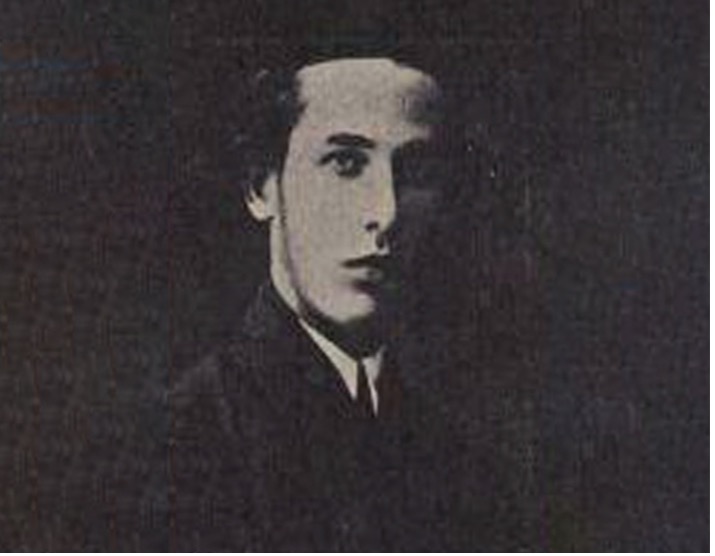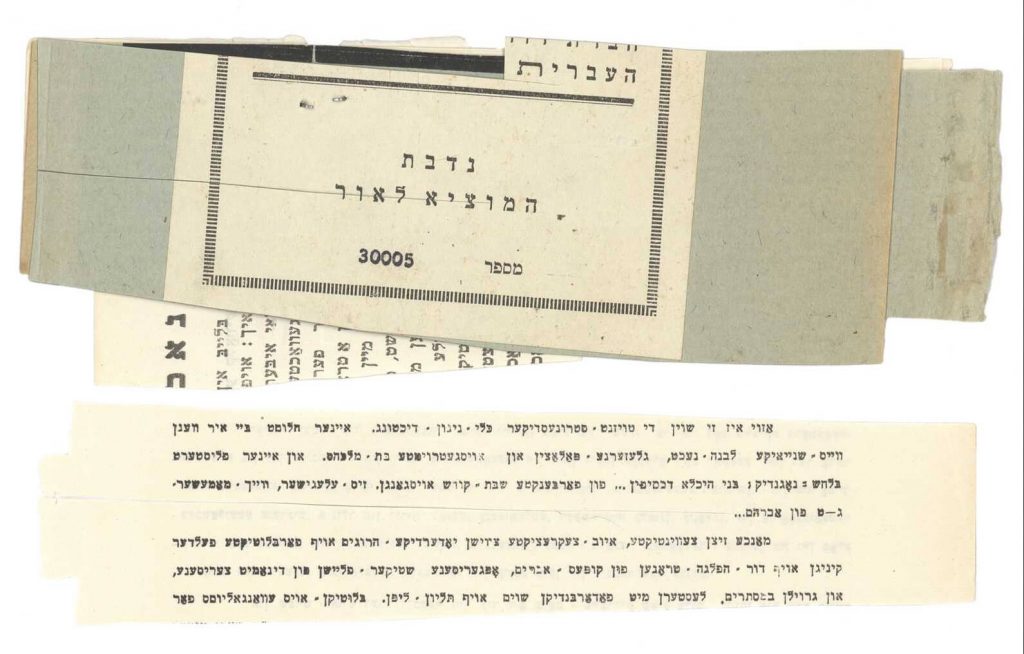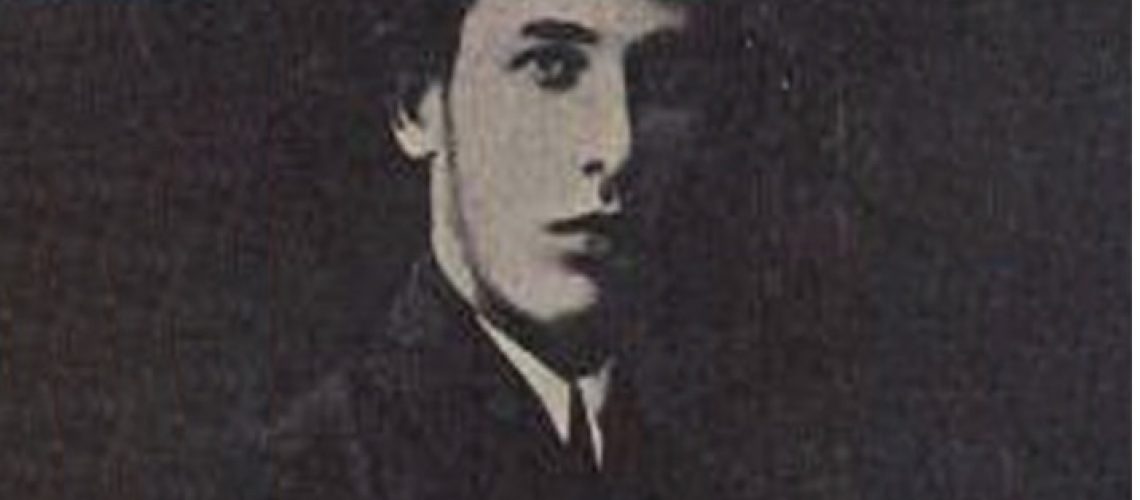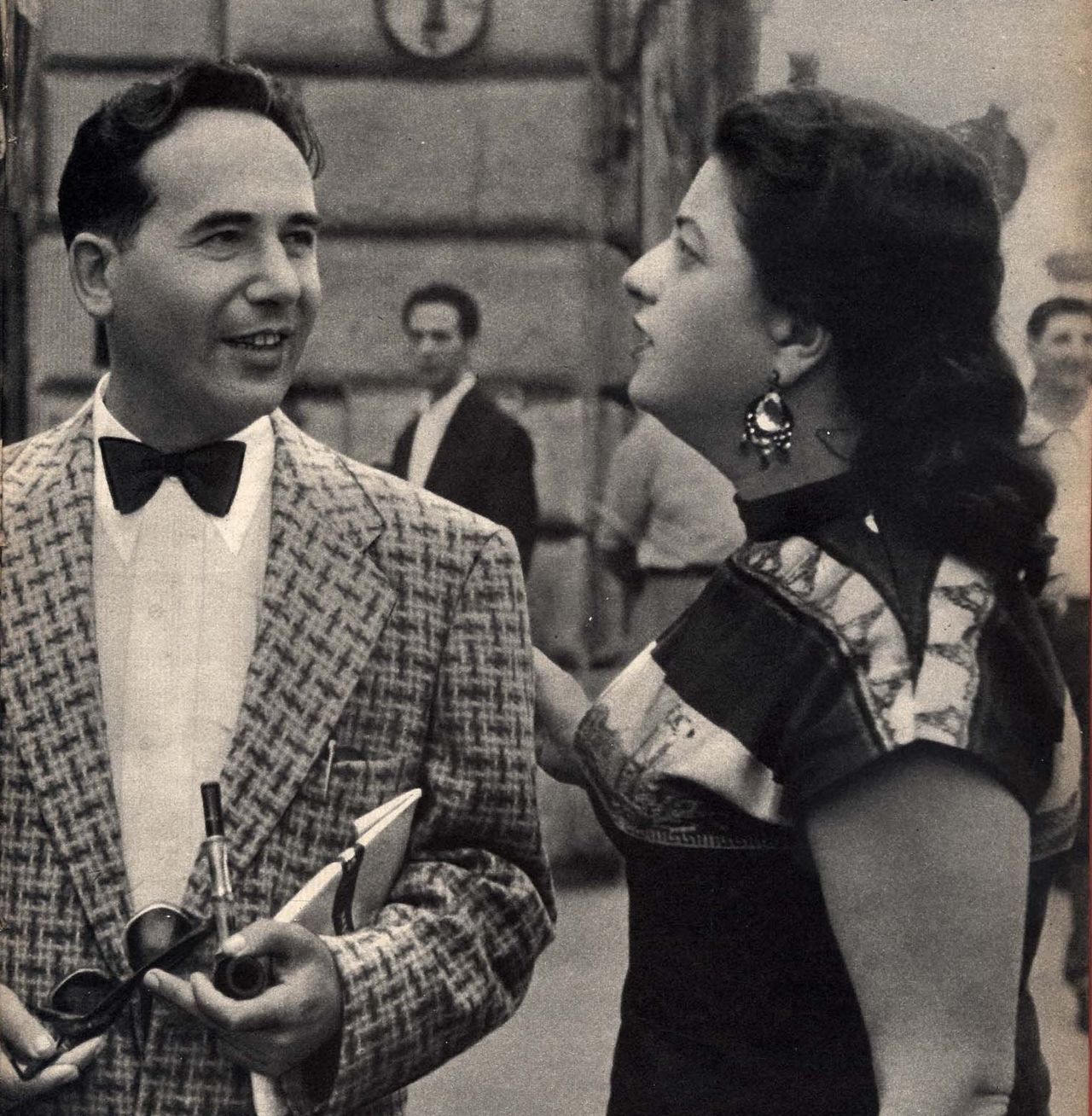Among the many writers of the Bais Yaakov Journal, one name caught my eye – Yechiel Feiner. Feiner was famous—even infamous—as a writer, but under another name at a different time. But that was only after the Holocaust, when he settled in Israel. As a refugee immediately after the war ended he used the name Karl Zetinski, and later in Israel he officially changed his name to Yechiel Di-Nur, but published his works under the pen name Ka-Tsetnik 135633 (KZ is Yiddish for Prisoner of a Concentration Camp, and 135633 was his prisoner number at Auschwitz). These books are controversial: criticized by some as “pornographic Holocaust fiction” for their grotesque violence, lurid sexual scenes, and cannibalism, they are also defended by others as capturing something of the horrors of the Holocaust that no other writer had.

Feiner only published one book of poetry before the war, in 1931, when he was a twenty-two-year-old star student at the famous yeshiva in Lublin. When he found the volume in the National Library of Israel after the war, he borrowed it, tore it to pieces, and sent its remains back to the library with a hand-written letter; he confessed to burning his book, and sent cut-outs from it as the remains, asking the library manager to “Burn it. Like my world and everything dear to me, was burnt in the crematorium of Auschwitz”, and by that asking the manager to become an active participant in his act of destruction. But this book of poetry, it turns out, was not his entire prewar literary output. Among the other articles and short stories that fill the pages of the interwar Bais Yaakov Journal, as I discovered, are four short works of prose written by him. These short stories were written around the same time Feiner published his volume of poetry, appearing between 1930-1932. In them, one can gain a unique glimpse of a (then-Orthodox) writer in the making.
His first piece published in the journal in 1930 (issue 52) is titled “A Children’s Tale: Red Flowers,” and presents a disturbing story, made only more disturbing by the fact that he dedicates this bloody “children’s” tale to the Bais Yaakov school in Proshovitz (perhaps Przeworsk, which did have a Bais Yaakov in 1930).

(The Librarians, National Library of Israel, 17.7.2018)
Once, while strolling, the narrator arrived at a beautiful garden, with beautiful red flowers. The flowers had a powerful and marvelous scent, and he became drunk from breathing the air. Suddenly he realized that the flowers were nourished by the gardener’s blood, and not by water. Upon inquiry, the gardener explained he lives for the flowers, for their beautiful smell. The gardener, the creator of beauty, lived for his creation and paid for it with his own blood. The moral of the story is clear: Feiner, the poet, sees himself as that gardener, who pays with blood for his creation and lives for its beauty.
Feiner, with his tendency to Romanticism, continued to publish writings that are full of pathos. In issue 67-68, also published in 1931, Finer contributed an essay on “Art and Criticism”. In this piece, he discusses the creative process and reveals his reaction to the role of literary critics. Finer uses two metaphors to describe the heart of the poet: the heart is the Holy of Holies in the Temple, and the heart is a blue sea, whose turbulence is often hidden from others. The poet’s power of imagination, which creates worlds and burns brightly, is the most “powerful feeling of a creative period”. And then comes the critic, with his logic and lack of imagination, and he cannot understand the poet’s work, he cannot enter the Holy of Holies (kodesh-hakodashim) and behold “the olive oil that burns in the menorah in the poet’s soul”. It is possible that this piece was written after the publication of his first book of poetry, which did not achieve the critical acclaim he hoped for and believed he deserved.
What is so striking about these 1931 works by a young religious poet is not only the slightly overheated and romantic views on literature and poetry – the poet is close to God and pays for his art with his very blood. Even more so is that that Feiner took a sacred image, of the Holy Temple and its sacred inner precincts, and used it for a more secular set of ideas about art, imagination, and the misunderstood artist. Of course it is also remarkable that the Bais Yaakov Journal was happy to publish such work—evidence, perhaps, of its generally open attitude toward young Orthodox artists and writers, even ones as strange as Feiner. It also serves as evidence that Feiner’s lurid imagination, which he described as a product of his Holocaust experiences, may have already been operative in that period before the war, though in much less extreme form.


